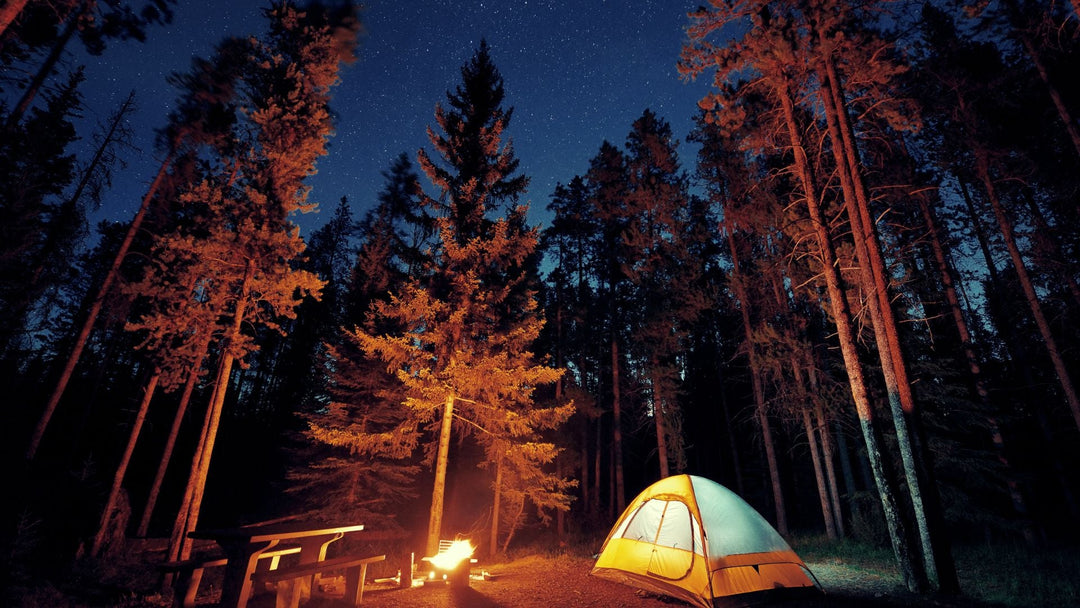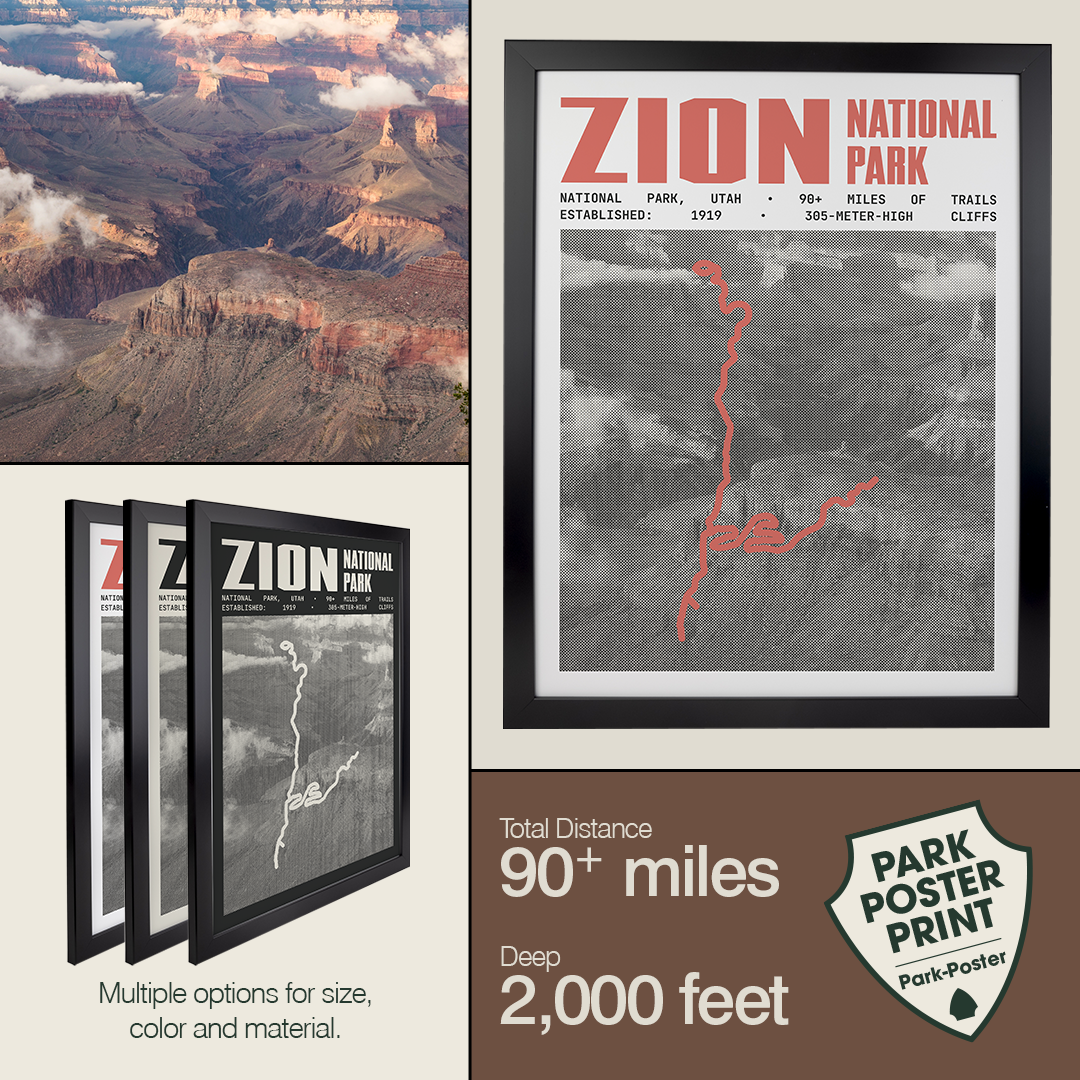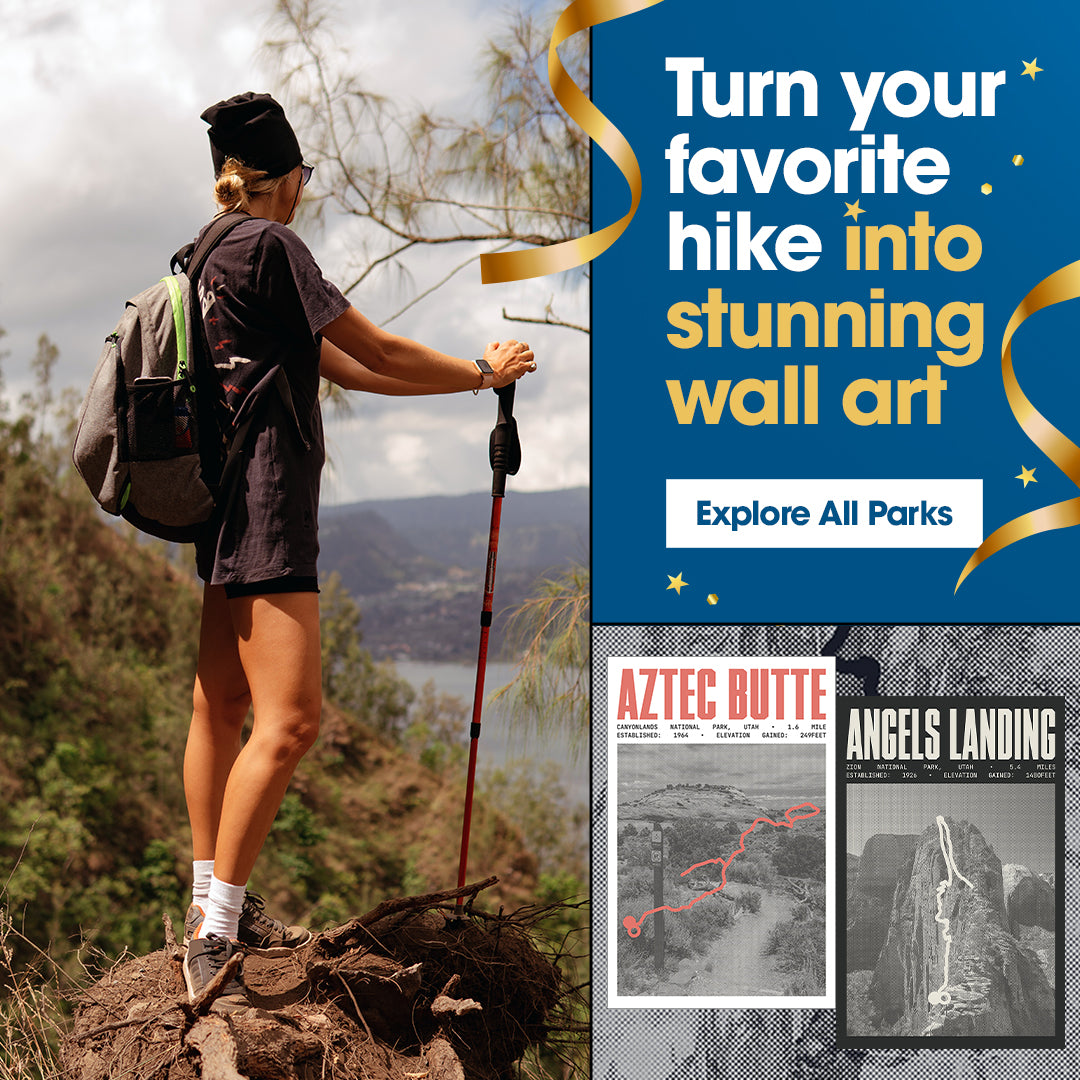The Birth of American National Parks A Journey Through Time

Imagine stepping into vast landscapes filled with towering trees, majestic mountains, and diverse wildlife. These are the American National Parks, where nature's beauty is preserved for everyone to enjoy. The birth of American National Parks marked a pivotal moment in conservation history, establishing spaces dedicated to protecting our natural heritage.
For nature enthusiasts, history buffs, family travelers, and active adventurers like hikers and marathoners, these parks offer a treasure trove of exploration and inspiration. The significance of these parks lies not only in their stunning landscapes but also in their role as a testament to America's commitment to conservation. Understanding the birth of American National Parks helps us appreciate their ongoing importance in preserving nature for future generations.
Discovering the Roots of American National Parks
The concept of National Parks is deeply rooted in the desire to protect and preserve natural wonders for future generations. It all started in the mid-1800s when people began recognizing the need to conserve America's stunning landscapes. These early efforts laid the foundation for what would become a nationwide movement.
The Visionaries Behind the Idea
In the 19th century, individuals like John Muir and President Abraham Lincoln played key roles in advocating for the preservation of natural landscapes. Muir, known as the "Father of the National Parks," championed the idea of setting aside land for public enjoyment. His writings captured the hearts of many, igniting a passion for conservation.
Early Acts of Preservation
The first significant step towards creating National Parks came with the establishment of Yosemite Valley and Mariposa Grove in 1864. President Lincoln signed a bill granting these areas to California, marking the first time land was set aside for public use and protection. This set a precedent for future preservation efforts.
The Yellowstone Milestone
In 1872, Yellowstone became the world's first National Park. This groundbreaking decision by President Ulysses S. Grant marked a turning point in conservation history. It demonstrated a commitment to safeguarding natural wonders and inspired other countries to adopt similar practices.
Yellowstone National Park A New Beginning
Yellowstone National Park, spanning parts of Wyoming, Montana, and Idaho, remains a symbol of America's dedication to preserving its natural heritage. This iconic park showcases the breathtaking beauty and unique geothermal features that captivated early explorers.
Geothermal Marvels
One of the park's most famous attractions is the Old Faithful geyser. Visitors flock to witness its predictable eruptions, which occur approximately every 90 minutes. The park's geothermal wonders, including hot springs and mud pots, create an otherworldly landscape that continues to fascinate visitors from around the globe.
Abundant Wildlife
Yellowstone is home to a diverse range of wildlife, including grizzly bears, wolves, bison, and elk. The park's vast wilderness provides a sanctuary for these creatures and offers visitors the chance to witness them in their natural habitat. Exploring Yellowstone's trails and landscapes reveals the interconnectedness of nature.
A Legacy of Conservation
Yellowstone's establishment as a National Park set a precedent for future conservation efforts. Its success inspired the creation of additional parks, leading to the formation of the National Park Service. This marked the beginning of a coordinated effort to protect and manage America's natural treasures.
The 1916 National Parks System Act A Monumental Step
The American National Parks System Act of 1916 was a pivotal moment in the history of conservation. This legislation formalized the establishment of the National Park Service and provided a framework for managing and preserving parks across the country.
The Birth of the National Park Service
The act established the National Park Service (NPS) as the federal agency responsible for overseeing and maintaining America's natural reserves. The NPS's mission was to "conserve the scenery and the natural and historic objects and wildlife therein and to provide for the enjoyment of the same in such manner and by such means as will leave them unimpaired for the enjoyment of future generations."
A Unified Approach
The creation of the NPS allowed for a unified and coordinated approach to managing the growing number of protected areas. This ensured consistent policies and practices aimed at preserving their natural beauty while also enhancing visitor experiences. The NPS became a steward of America's natural and cultural heritage.
Protecting Cultural Treasures
In addition to preserving natural landscapes, the NPS also became responsible for protecting cultural and historic sites. This expanded the scope of the conservation system to include landmarks, battlefields, and monuments, enriching the nation's collective history.
Evolution of National Parks Growth and Challenges
Since the establishment of Yellowstone, the National Parks System has evolved and expanded significantly. Over the years, new parks have been added, each contributing to the rich tapestry of America's natural and cultural heritage.
Expanding the Network
The growth of the National Park System has been remarkable. Today, there are over 63 parks scattered across various states, each with its own unique features and stories. From the rugged cliffs of Acadia to the deserts of Joshua Tree, these areas offer diverse landscapes and experiences.
Addressing Environmental Challenges
Despite their beauty, these natural reserves face challenges such as climate change, pollution, and invasive species. These issues highlight the importance of ongoing conservation efforts and the need for collaboration between government agencies, organizations, and the public.
Engaging Communities
Parks play a vital role in connecting people with nature. Through educational programs, guided tours, and volunteer opportunities, they engage communities and inspire a sense of stewardship. These initiatives encourage visitors to appreciate and protect the natural world.
Iconic American National Parks
America's National Parks are as diverse as they are breathtaking. Each park offers a unique experience and contributes to the country's rich natural and cultural heritage. Let's explore a few iconic parks that continue to capture the hearts of visitors.
Grand Canyon National Park
Carved by the Colorado River, the Grand Canyon is a testament to the power of nature's forces. Its immense size and vibrant colors create a jaw-dropping landscape. Hiking along the rim or descending into the canyon provides a sense of wonder and awe.
Yosemite National Park
Yosemite is famous for its stunning granite cliffs, waterfalls, and giant sequoias. The park's diverse ecosystems support a wide range of flora and fauna. Adventurous souls can hike to iconic spots like Half Dome or explore the serene beauty of Tuolumne Meadows.
Great Smoky Mountains National Park
Straddling the border between North Carolina and Tennessee, the Great Smoky Mountains are a haven for biodiversity. Lush forests, mist-covered peaks, and historic homesteads make this park a favorite among nature lovers and history enthusiasts alike.
Impact of National Parks Conservation and Beyond
The National Parks System has left an indelible mark on conservation, environmental awareness, and local economies. These parks are not only places of natural beauty but also catalysts for positive change.
Conservation Efforts
Protected areas serve as sanctuaries for countless plant and animal species. They provide critical habitats and contribute to biodiversity conservation. The preservation of these ecosystems helps maintain the delicate balance of nature.
Environmental Awareness
Through educational programs and interpretive centers, these natural reserves raise awareness about environmental issues. Visitors gain a deeper understanding of the challenges facing our planet and are inspired to take action in their own communities.
Economic Contributions
These natural areas are economic drivers for surrounding communities. Tourism generates jobs and supports local businesses, from lodging and dining to outdoor recreation services. The economic benefits extend beyond park boundaries, creating a ripple effect of prosperity.
Planning Your National Park Adventure
Visiting a National Park is a rewarding experience that offers opportunities for exploration, relaxation, and adventure. Here are some tips to help you make the most of your visit.
Family-Friendly Activities
Many protected areas offer family-friendly activities such as ranger-led programs, nature walks, and wildlife viewing. These experiences are perfect for creating lasting memories and fostering a love for the outdoors in children.
Hiking and Camping
Scenic landscapes boast an extensive network of hiking trails catering to all skill levels. Whether you're seeking a leisurely stroll or a challenging trek, there's a trail for everyone. Camping under the stars allows you to immerse yourself in nature's tranquility.
Safety and Preparation
Before heading out, research the area's regulations and safety guidelines. Pack essentials like water, sunscreen, and maps. Be mindful of weather conditions and wildlife, and practice Leave No Trace principles to minimize your impact on the environment.
Preserving America's Natural Treasures
The birth of American National Parks marked a turning point in the nation's commitment to preserving its natural wonders. These parks are more than just scenic landscapes; they are testaments to the importance of conservation and stewardship.
We have a responsibility to protect these treasures for future generations. By visiting these protected areas, supporting conservation efforts, and spreading awareness, we can ensure that these natural wonders continue to inspire and captivate for years to come.
Conclusion
In conclusion, the birth of American National Parks represents a bold commitment to preserving the country's pristine landscapes and cultural heritage. These parks serve as a refuge for countless species and act as vital resources for scientific research. They stand as symbols of the nation's dedication to environmental conservation.
Looking forward, the continued success of the National Parks System depends on active public engagement and support. Through education and awareness efforts, people can appreciate the value of these natural treasures. The legacy of the National Parks is a reminder of our responsibility to safeguard these wonders for generations to come.
Relive Your Adventures with National Park Prints
Bring the beauty and memories of your National Park adventures into your home with our exclusive National Park Prints. Crafted from detailed National Park maps, these posters are designed to celebrate your favorite parks and hikes, making it effortless and enjoyable to reminisce about your explorations.
Whether your heart belongs to the towering cliffs of Yosemite or the misty peaks of the Great Smoky Mountains, these prints capture the essence of your experiences. Add a unique piece of art to your collection and relive the magic of your outdoor escapades. Order your National Park Poster now to cherish and showcase the unforgettable landscapes you've encountered.







